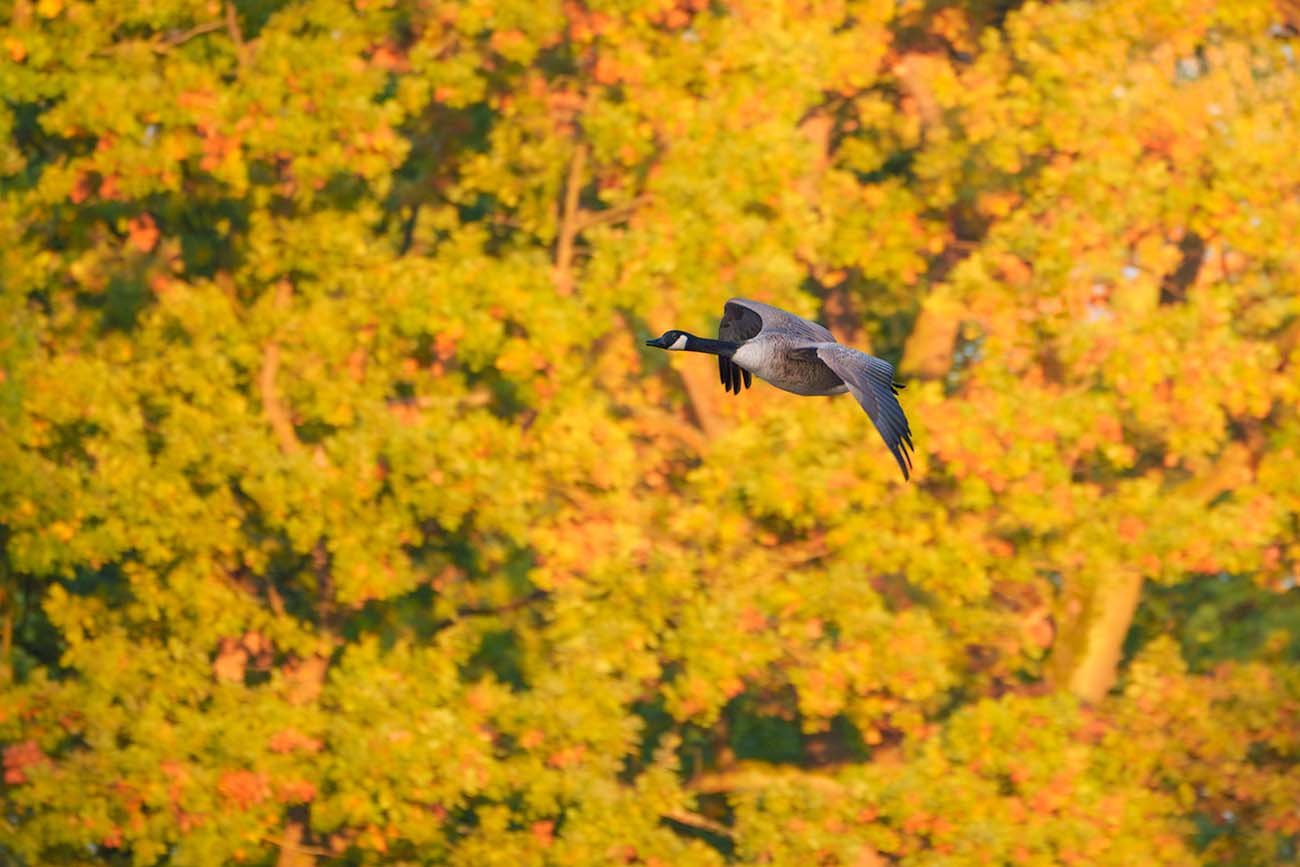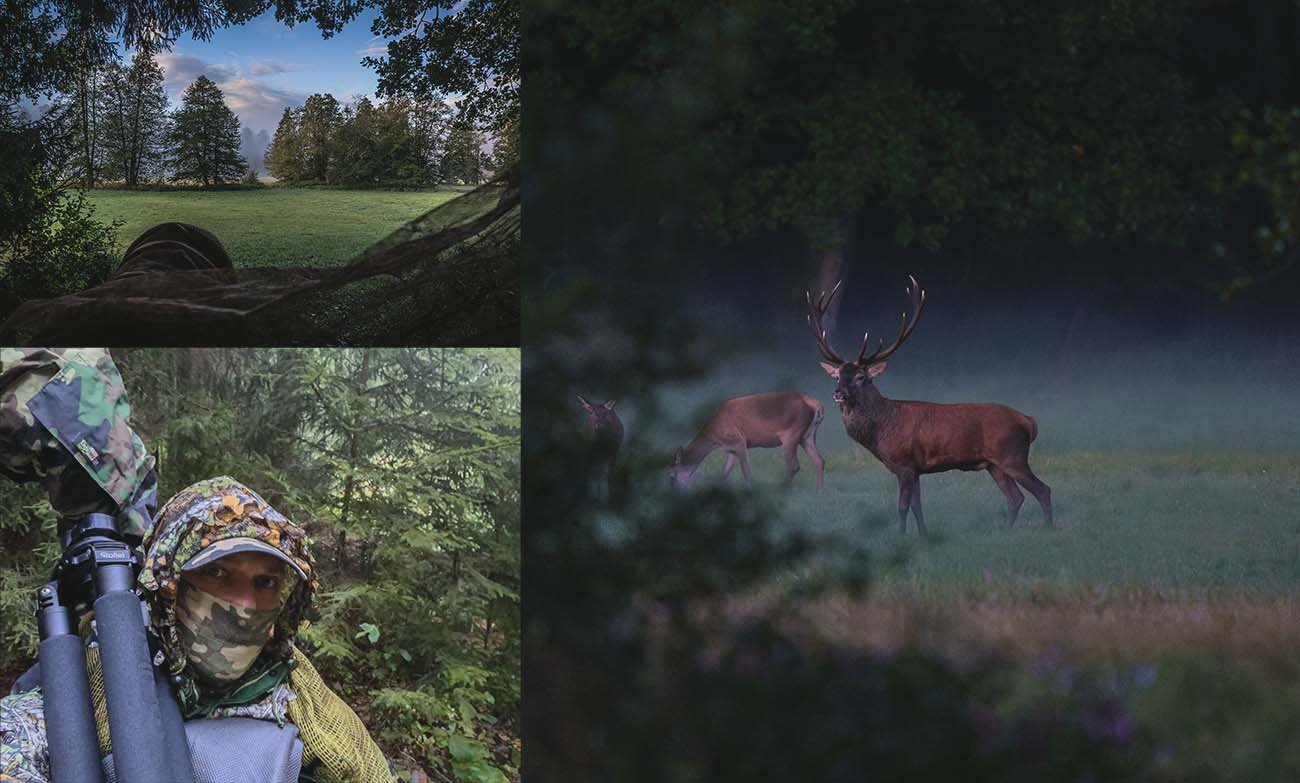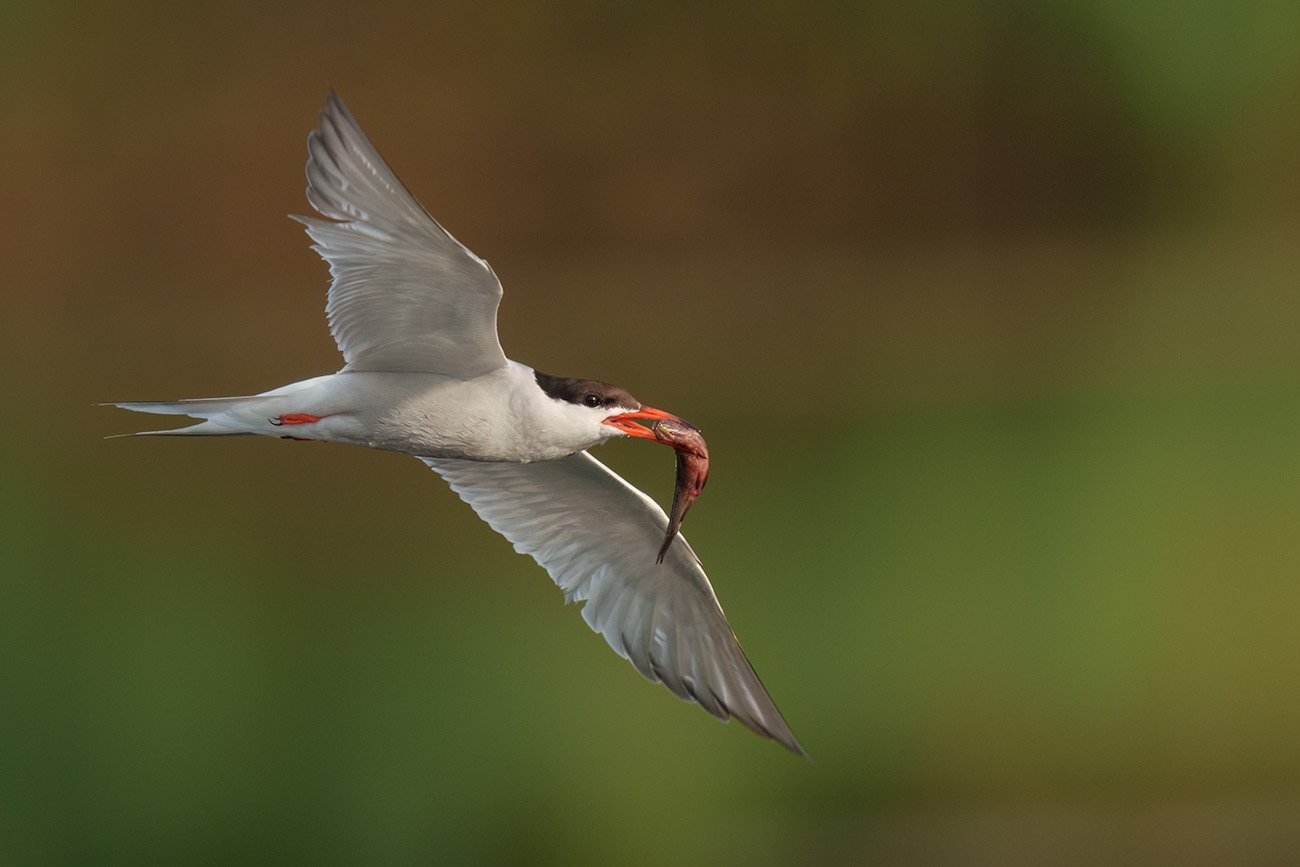Common Tern (Sterna hirundo) Rare Visitors in Action
Common Tern (Sterna hirundo) Sony A1 + 400 mm f/2.8 + TC2x bei 800 mm - f/7.1 - 1/1600 - ISO 800
Table of Contents:
Text Summary – Common Tern Photography Tour
Nature Reserve in Luxembourg: A Home for the Common Tern
Weather and Lighting Conditions in Common Tern Photography
Behavior of the Common Tern During Breeding Season
Technical Challenges in Common Tern Photography
Conclusion: The Common Tern – A Graceful Aerial Acrobat
Threats to the Common Tern in Germany
Population of the Common Tern (Sterna hirundo)
Common Tern (Sterna hirundo) Brief Description
-
The Common Tern (Sterna hirundo) is a graceful bird that nests both along coastlines and inland. In Luxembourg, a nature reserve with artificial floating islands has been established to provide new breeding sites for this species, as natural nesting areas have become increasingly scarce. During a photography tour in the tri-border region of Germany, France, and Luxembourg, the behavior of Common Terns during the breeding season was observed and captured. Highlights included the aerial acrobatics during chick feeding and their defensive actions against intruders.
Photographing the Common Tern presents technical challenges, especially due to the contrast between its white feathers and black cap. While the global population remains stable, the Common Tern is considered critically endangered in Germany, making conservation measures like artificial nesting sites essential.
Common Tern Photography Tour in the Moselle Tri-Border Region
Birdwatching hide in Luxembourg at dusk – Sony a6700 with Sony 16-50 mm f/3.5-f/5.6 lens at 16 mm, f/3.5, ISO 500
Dense fog hangs over the Tri-Border area between Germany, France, and Luxembourg. My journey takes me through the hilly landscape of the Saarland (German federal state), along the Moselle River, which serves as a natural border between Germany and Luxembourg. The goal of my photography tour: capturing images of Common Terns (Sterna hirundo).
Nature Reserve in Luxembourg: A Home for the Common Tern
In Luxembourg, there is a small nature reserve that has created breeding sites for Common Terns (Sterna hirundo) using artificial floating islands. This species struggles to find natural nesting sites inland—both in Luxembourg and Germany. The artificial islands provide a protected space for the terns to breed, while also offering photographers a unique opportunity to capture these elegant birds without causing them any disturbance.
Weather and Lighting Conditions in Common Tern Photography
Common Tern in low flight over the water surface: Sony A1 + 400 mm f/2.8 + TC1.4x at 560 mm – f/5 – 1/2500 — ISO 2500
The weather that day was unpredictable: first fog and drizzle, followed by sunshine. For me, this was a welcome challenge. The soft light of the early morning hours was extended by the cloud cover, giving me more time to observe the behavior of the Common Terns and fine-tune my equipment.
Behavior of the Common Tern During the Breeding Season
Common Terns on the Wooden Posts of the Floating Nesting Island – Sony a6700 + Sony 100–400 mm f/4.5 - f/5.6 at 355 mm – f/6.3 ISO 640
Near one of the breeding islands, close to the shoreline vegetation, I found a spot for photography. The Common Terns had chicks. The young birds were scattered across the islands while some adult terns perched on the surrounding wooden posts. Others returned with loud calls, carrying small fish in their beaks as they headed back to the artificial islands to feed their young. As soon as a tern arrived with a fish, the spectacle began: the chicks stretched upward, calling loudly to be fed. It reminded me of eager students raising their hands high to get noticed.
A young Common Tern trying to get attention, calling out to be fed — Sony A1 + 400 mm f/2.8 + TC1.4x at 560 mm – f/5–1/2000 — ISO 640
Aerial acrobatics and feeding behavior of Common Terns during flight
Two Common Terns in a chase, competing to steal the catch from one another – Sony A1 + 400 mm f/2.8 + TC1.4x at 560 mm – f/5–1/3200 — ISO 800
The adult Common Terns impressed with their aerial skills. Their approaches were often accompanied by rapid chases as other terns attempted to snatch away their catch. Sometimes the adult birds aborted their approach and circled the island a few more times before feeding their young. After feeding, they flew low over the water, dipping their beaks in to drink – a perfect shot for any photographer.
A Common Tern in low flight touching the water with its beak – Sony A1 + 400 mm f/2.8 – 1/2000 - ISO 640
Defensive Behavior of Common Terns Against Intruders
A Common Tern diving aggressively at an Egyptian Goose near a nest – Sony A1 + Sony 100–400 mm f/4.5 - f/5.6 – 1/2000 - f/5.6 — ISO 3200
A pair of Egyptian Geese approached the breeding islands and were immediately driven away by the Common Terns. In small groups, the terns swooped down in dive attacks, pulling up just before impact and repeating the assaults. Eventually, the geese retreated, clearly unwilling to endure the constant harassment.
One final observation that day was that some of the young birds were already attempting their first flight maneuvers. Sometimes they would tumble into the water as they flew just above the surface, dipping their beaks in to drink. Whether this was due to clumsiness or intentional, I can’t say. It was certainly amusing to watch the young Common Terns in action.
Technical Challenges in Common Tern Photography
A Common Tern in flight, approaching with prey in its beak – Sony A1 + 400 mm f/2.8 + TC2x at 800 mm – f/7.1–1/2500 — ISO 2500
After the first shots, I noticed that the contrast between the white feathers and the black cap of the Common Tern presents a real challenge in harsh light. To avoid overexposure, the exposure needs to be carefully balanced to bring out details in both the white and dark areas.
The Common Tern – A Graceful Aerial Acrobat
This day provided me with valuable insights into photographing Common Terns. I was particularly impressed by their behavior during feeding and their aerial maneuvers. Although I haven't yet captured the perfect shots, my fascination with these elegant birds remains strong.
What Did I Learn, and How Does It Help Me in Photographing Common Terns?
Adult birds regularly feed the chicks
Aerial acrobatics during feeding
Several rounds of flight with prey in the beak
One tern chasing another to steal its catch
Defensive behavior against potential threats to the chicks
Low flight over the water to drink
First flight maneuvers of some young birds
These patterns were what I aimed to photograph in the following days. I captured numerous photos of these behaviors, which I was able to identify beforehand as key moments.
Population of the Common Tern (Sterna hirundo)
Global Distribution of the Common Tern
The global population of the Common Tern (Sterna hirundo) is estimated to be up to 3.6 million individuals. This population is spread across various regions of the world:
Europe: The European population is estimated at 316,000 to 605,000 breeding pairs. Europe is therefore a key habitat for this species, especially along the coasts.
North America: In North America, the Common Tern has experienced a significant decline over the last 40 years, with a 70% reduction. However, there are also areas where the population is stable or even increasing, highlighting this species’ adaptability. Source: REDLIST
Asia and Australia: Common Terns are also widespread in Asia and Australia, demonstrating their ability to adapt to diverse habitats.
South America: During the winter, Common Terns can be found along the South American coasts, reaching as far as the Falkland Islands, showcasing their impressive migratory range.
Population of the Common Tern in Germany
The population of the Common Tern is critically endangered in Germany. Despite global stability, the species is classified as "Highly Threatened" in this country and is listed on the Red List. Conservation organizations rely on artificial nesting sites to halt the decline. However, the path to stabilizing the population is long and requires continuous efforts.
Red List Germany: Common Tern Critically Endangered
Population Development of Common Tern Breeding Pairs in Germany
- Population Development
- Population Development
Population Trend of Common Terns in Germany: Analysis of Breeding Pairs from 1992 to 2016
The population trend of the Common Tern in Germany from 1996 to 2016 shows a clear rollercoaster pattern. Although the data used for this analysis varies in accuracy depending on the source consulted, some important trends and insights can be drawn from the graphic:
1. Recovery Phase (1996-2009):
After a significant decline, the population began to recover from 1996 onward. This recovery phase was steady, peaking in 2009 at approximately 11,000 breeding pairs. This increase suggests that successful conservation measures were implemented or that breeding conditions improved. Artificial nesting islands or habitat protection efforts likely contributed to this recovery.
2. Renewed Decline (2009-2016):
After the peak in 2009, a downward trend resumed, continuing until 2016 and reducing the number of breeding pairs back to around 9,000. This indicates that the population is once again under pressure. The causes of this renewed decline could be linked to ongoing or new challenges, such as changes in food availability, increasing human activity, or environmental changes that have worsened breeding conditions.
Common Tern (Sterna hirundo) Brief Description
A Common Tern (Sterna hirundo) photographed through bushes – Sony A1 + 400 mm f/2.8 + TC1.4x at 560 mm – f/4.5–1/2000 — ISO 800
Size:
The Common Tern (Sterna hirundo) is a slender and elegant bird species with a body length of 34 to 35 cm. It differs from the similar Arctic Tern by its slightly more compact build, the orange-red beak with a dark tip, and its longer legs.
Characteristics:
In flight, it is easily identified by the broad, dark trailing edge on the underside of the outer wing feathers. These features, along with its slim silhouette, make it a popular subject for nature photographers.
Habitat:
Common Terns breed both along coastlines and inland. They prefer quiet breeding sites on flat islands, undisturbed beaches, and sandbanks. While they are still relatively common along the German coast, their population has significantly declined inland. The reasons for this are varied, including habitat loss and human disturbances.
Reproduction:
These birds build shallow ground nests, often made from plant debris. Each clutch typically consists of 2-3 eggs. In areas where natural nesting sites are lacking, artificial nesting rafts are used to support the species' survival. These measures are especially important inland, where suitable breeding sites have become scarce.
Diet:
The primary food source for the Common Tern is small fish, which it skillfully catches in a diving swoop. Occasionally, it also feeds on insects.
High key image of a Common Tern – Sony A1 + 400 mm f/2.8 - 1/2000 - ISO 1600
FAQ: Common Terns in Luxembourg – Photography Tour in the Tri-Border Area
1. Why are artificial islands provided for Common Terns?
Common Terns have very few natural breeding sites left inland, such as in Luxembourg and Germany. To counteract the decline of this species, artificial floating islands are created as breeding sites, providing a safe place for the terns to nest, protected from human disturbance and natural predators.
2. What are the technical challenges in photographing Common Terns?
The biggest challenge lies in managing the contrast between the tern’s white feathers and its black cap. Overexposure of the white feathers is a common risk, especially in harsh light. Proper exposure settings are essential to retain detail in both the bright and dark areas. It is recommended to slightly underexpose to avoid blown highlights.
3. What is special about the behavior of Common Terns during the breeding season?
During the breeding season, Common Terns perform impressive flight maneuvers, especially when feeding their chicks. They also aggressively defend their nesting sites against intruders, which is why they often form breeding colonies. These behaviors offer exciting photographic opportunities and insights into the lives of these birds.
4. How large is the global population of Common Terns?
The global population of Common Terns is estimated to be up to 3.6 million individuals. These birds are distributed across various regions of the world, with significant populations in Europe, North America, Asia, and Australia.
5. Why is the Common Tern classified as critically endangered in Germany?
In Germany, the Common Tern is critically endangered due to habitat loss, human disturbance, and other environmental factors. The population is estimated at around 5,700 to 6,600 breeding pairs, making conservation measures such as artificial nesting sites essential for the species' survival.
6. How do weather and lighting conditions affect Common Tern photography?
Variable weather with fog, drizzle, and sunshine presents special challenges but also offers advantages for photographers. A slightly overcast sky extends the soft light of the early morning hours, making it easier to capture detailed shots without the interference of harsh contrasts.
7. What can photographers learn from observing Common Terns?
Photographers can learn a lot about the behavior of Common Terns, such as their feeding rituals, defensive actions, and flight patterns. These observations are invaluable for capturing authentic moments by timing the shutter release during key behaviors.
8. Is it possible to photograph Common Terns in other regions?
Yes, Common Terns are widespread in many parts of the world, especially along coastlines and inland areas with suitable breeding sites. Photographers can observe and photograph them in Europe, North America, Asia, Australia, and South America.





























